When embedded rebars corrode within concrete, their effective cross-sectional area decreases while their volume expands, leading to cracking, spalling, and reduced bond strength between the rebar and concrete. This deterioration compromises structural safety and durability. The rebar corrosion scanner plays a crucial role in evaluating the condition of existing structures, providing essential data for structural safety assessments and maintenance planning.
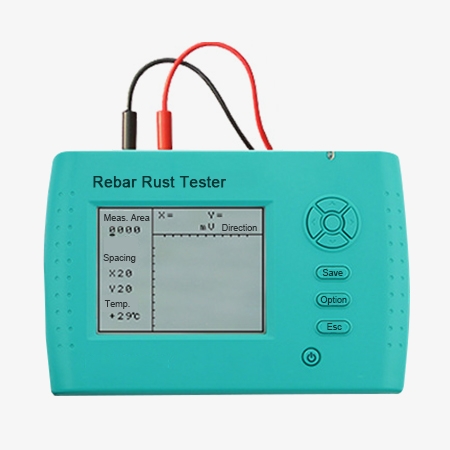
Key Functions
- This concrete rebar corrosion tester utilizes the polarization electrode principle with copper/copper sulfate reference electrodes to measure the surface potential of concrete and determine the presence and severity of rebar corrosion.
- The rebar scanner enables non-destructive corrosion testing by analyzing potential gradients caused by corroding rebars.
- This concrete rebar corrosion analyzer supports storing potential values for each scanned area, displays graphical results, and transfers data to PC software for further analysis.
- Features a built-in automatic temperature measurement module, eliminating the need for an external thermometer.
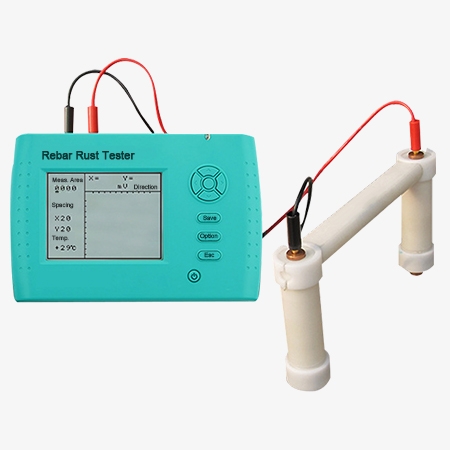
Main Features
- Fast and highly accurate rebar corrosion readings, displayed in numeric or graphical formats, ensure precise rebar integrity assessments.
- Advanced rebar corrosion mapping, visualizing corrosion severity in 9 grayscale levels or high-resolution color-coded maps, allowing for a detailed structural health evaluation.
- Seamless USB data transfer for efficient PC-based corrosion analysis, making the rebar rust detector easy to track, manage, and document rebar deterioration trends over time.
- Intuitive and powerful corrosion detection software, featuring a user-friendly interface, easy operation, and high-precision data analysis tools to generate comprehensive rebar corrosion inspection reports.
Applications
The rebar scanner is widely used in reinforced concrete structure inspections, furniture wall installations, drilling rebar positioning, and electrical cable detection. In reinforced concrete inspections, the rebar detector accurately measures rebar position, spacing, and concrete cover thickness, ensuring construction quality and safety. For furniture wall installations and drilling, it helps avoid rebars, improving installation precision and reducing damage risks. In electrical cable detection, the rebar locator effectively identifies hidden cables within walls or floors, preventing accidental drilling or cutting and enhancing construction safety.
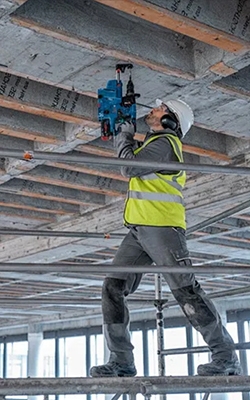
Drilling Positioning

Concrete Structure
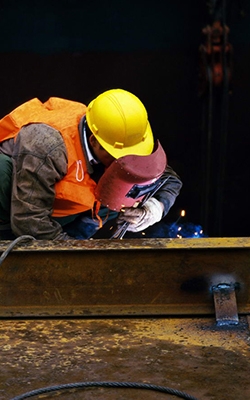
Cable Detection
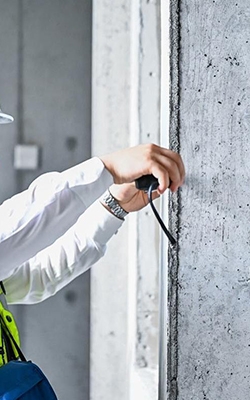
Furniture Installation
| Model | SISCO-RS-XS-100 |
| Potential Measurement Range | ±1999mV |
| Accuracy | ±1mV |
| Measurement Spacing | 1-100cm |
| Storage Capacity | 5400 scan zones / 11000 data points |
| Scanning Area | 8100m² |
| Operating Temperature | 0℃~+40℃ (avoid direct sunlight exposure) |
| Relative Humidity | <90%RH |
| Electromagnetic Interference | No strong alternating electromagnetic fields |
| Power Supply | 6 x 5#LR6 AA alkaline batteries (30+ hours runtime) |
| LCD Resolution | 160×128 pixels |
| Main Unit Dimensions | 210mm × 153mm × 90mm |
| Main Unit Weight | 880g |
| Probe Dimensions | φ30mm × 180mm |
| Probe Weight | 100g |
| Product Net Weight | 1.3kg |
| Product Gross Weight | About 4kg |
Q1: How does a rebar corrosion detector work?
A1: A rebar corrosion detector primarily uses electrochemical measurement methods, such as the natural potential method or half-cell potential method. It measures the potential difference between the concrete surface and embedded rebar using a copper/copper sulfate reference electrode. The corrosion process generates a corrosion current, leading to potential variations. By detecting these differences, the instrument assesses the degree of rebar corrosion.
Q2: Where can a concrete rebar rust detector be used?
A2: Rebar corrosion scanners are widely applied in construction, bridges, highways, and water conservancy projects to evaluate rebar corrosion levels in concrete structures. They are also used in concrete mixing plants, research institutes, and quality inspection stations for non-destructive testing (NDT) of rebar corrosion.
Q3: How to interpret rebar corrosion test results?
A3: Interpreting results requires analyzing potential values and gradients. Generally, lower potentials (more negative values) indicate a higher probability of rebar corrosion. If the potential gradient exceeds a certain threshold (e.g., 100mV/cm), it may signal localized severe corrosion. Some devices use grayscale or color-coded maps to visualize corrosion risk, where darker shades in a 9-level grayscale system indicate more severe corrosion. Users should refer to the device manual or industry standards for precise corrosion grading. By analyzing potential, gradients, and graphical data, users can accurately assess rebar corrosion conditions.
Tips: Some Tips for Using a Rebar Corrosion Tester
- Check the electrode: Ensure the reference electrode (e.g., copper sulfate solution) is properly sealed and uncontaminated.
- Clean the surface: Remove dust, grease, and debris from the concrete test area to ensure proper contact.
- Calibrate the device: Follow the instruction manual to calibrate the potential reference for accurate measurements.
- Optimize the environment: Avoid strong magnetic fields, corrosive gases, and ensure the testing temperature is between 0–40°C for optimal performance.
Thank you for buying industrial test and measurement equipment on SISCO.com, all products sold by SISCO and the partner cover a 12 months warranty, effective from the date of receiving the products.
What is covered?
SISCO is responsible for providing free spare parts, and free technical support to assist the customer to repair the defective products until the problem is solved.
What is not covered?
- Product purchased from anyone other than a SISCO store or a SISCO authorized reseller.
- Expendable parts.
- Routine cleaning or normal cosmetic and mechanical wear.
- Damage from misuse, abuse or neglect.
- Damage from use of parts other than SISCO approved.
- Damage from use outside the product’s usage or storage parameters.
- Damage from use of parts not sold by SISCO.
- Damage from modification or incorporation into other products.
- Damage from repair or replacement of warranted parts by a service provider other than a SISCO authorized service provider.
- Damage caused by the application environment not meeting the product usage requirements and the failure to perform preventive maintenance.

